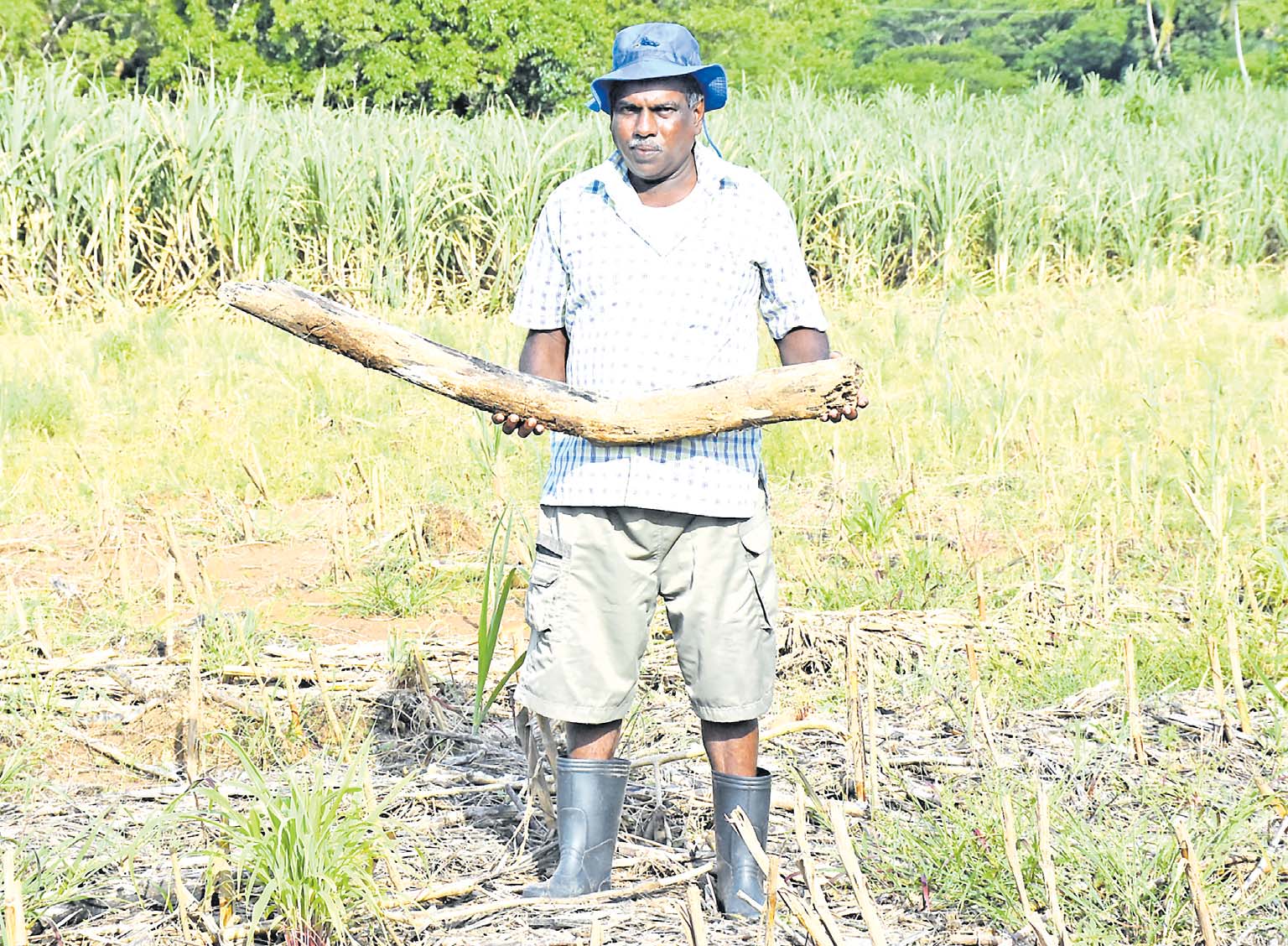Four years into a government assistance scheme to entice new and young sugarcane farmers into the industry and the ageing workforce remains one of the biggest issues facing the sector.
Under the New Farmers Assistance Grant (NFAG) introduced in 2017, the Sugar Ministry meets the cost of lease acquisition and farm establishment costs, provides planting grants for five acres of land in the first year, as well as free fertiliser and weedicides.
The ministry’s permanent secretary Yogesh Karan said through the initiative, Government had helped 209 new farmers into the industry in that time, but 79 per cent of the country’s 12,000 cane growers remain above the age of 50.
Among them is 70-year-old Rakiraki farmer Gajnath Singh.
“Who in their right mind would want to plant sugarcane and wait for a year and a half to get paid for it,” Mr Singh said.
“With a bit of education under their belt, young people grasp any opportunity to get a regular paid job, no matter how menial, whether they work in a supermarket or service station.
“All they want is regular money so they can go out and enjoy themselves and buy recharge cards for their mobile phones.”
A survey conducted by The Fiji Times in the Western Division cane belt from Sigatoka to Rakiraki in 2017 revealed that encouraging young people into the industry was an uphill battle.
Leader farmers contacted said the situation had not improved.
Cane growers said their children had watched the hardship their parents endured to put food on the table, compared with those in urban centres whose parents received a regular income – and farmers kids were definitely not keen in doing the same.
Mr Singh said his two sons who were 34 and 42 had no interest in tilling the land because they don’t see a future in it.
“The glory days of cane farming are gone,” he said.
“Fifty years ago, we felt like we belonged to something because the sugar industry used to bring in a lot of money into Fiji and we were a big part of that process.
“We had a voice in the industry, our views were heard and taken into account and our cane payments used to come on time.”
Tourism, which raked in excess of $3 billion two years ago according to Fiji’s 2019 Annual International Visitor Survey, has been left in tatters after borders shut in the wake of the COVID-19 pandemic.
And the eyes of all Fijians have turned once again to agriculture and the sugar industry in the hope of some form of economic resurrection.
However, world sugar prices have plummeted from more than US30 cents per pound in 2011 to just over US16 cents per pound today, and this has presented huge challenges to the Fiji Sugar Corporation and the Fijian Government in trying to meet the $85 per tonne of cane guaranteed price it had committed to providing from 2018 to 2020.
Fijian cane growers are paid for a season’s crop in five payments spread over an 18 month period, according to the industry bible – the Sugar Industry Master Award.
One of the country’s biggest farmers’ representative organisations, the Fiji Cane Growers Association said the ageing growers issue had been exacerbated by rising costs for farmers versus declining income, and volatile world sugar price.
“It’s a combination of issues and young people are not interested in anything complicated, they prefer to live simple lives,” said association general secretary Bala Dass.
“They want to do work and at the end of the week they want money in their pockets.
“They will not go into an industry where the cost of labour, planting, harvesting and transport is high and then have to wait for one and a half years to get paid.
“And when they do get paid, there are so many deductions for fertiliser, weedicide and land rent – that they end up with meagre income.”
National Federation Party leader Professor Biman Prasad said, on average, a farmers cost per tonne of cane – for production, harvesting and delivery – would be around $60 earning the grower a net income of $3153.82 a year.
Prof Prasad said Fiji’s Household Income and Expenditure Survey 2013-2014 had established the baseline poverty income to be $11,440 or $220 per week.
He said the average sugarcane farmer was earning just over $60 per week, far below the $220 ordinary Fijians needed to survive.
The parliamentarian said the cane payment system, declining income against rising costs was a huge deterrent for youngsters entering cane farming.
• This story was made possible through support from the Australian Broadcasting Corporation and Australia Pacific Climate Partnership.




